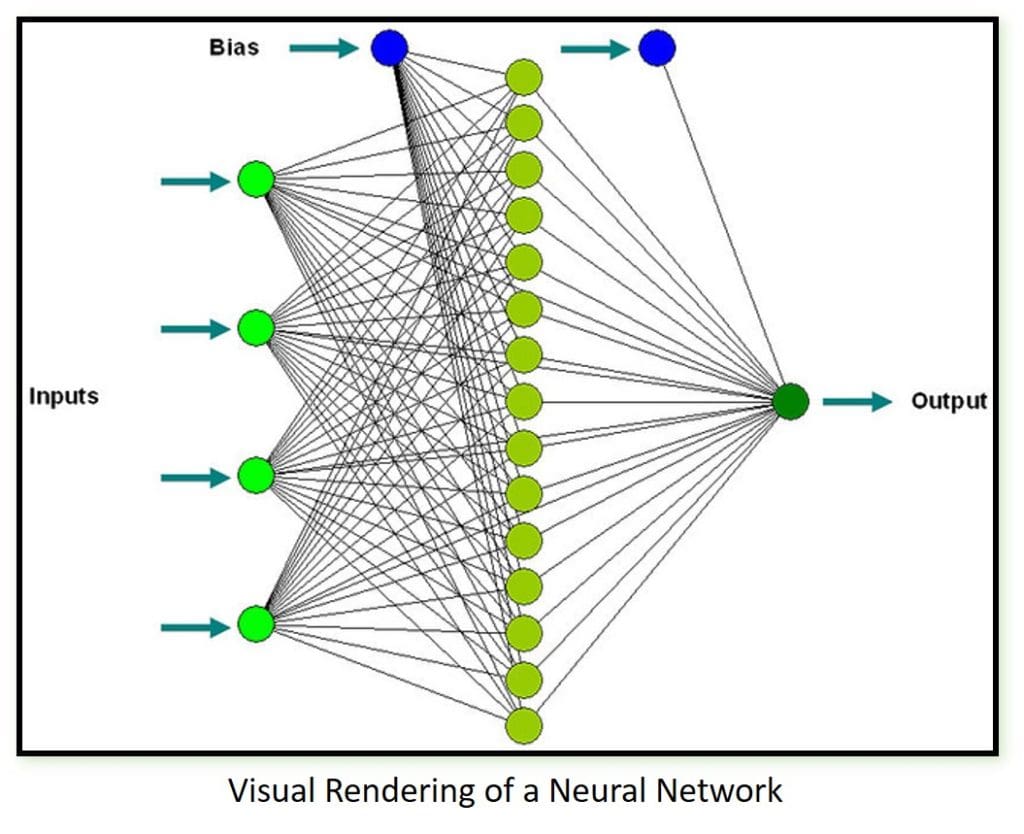While speaking with a number of WMS product managers, I began to notice that machine learning was called out as a focal point for WMS product development efforts. In general, machine learning is a hot topic in the world of supply chain technologies. Just last week, Chris Cunnane wrote about machine learning for transportation execution. And Steve Banker recently wrote about Vecna Robots use of machine learning to improve its vision system. Naturally, I wanted to understand the relationship between machine learning and the traditional quantitative tools used in WMS. For example, how do they complement statistical methods such as regression analysis or optimization algorithms such as linear programming?
Machine Learning Qualities
Steve Banker published an article on Logistics Viewpoints that discussed three qualities that distinguish machine learning from predictive analytics . They are self-modification, high automation, and embedded within a process or workflow. These qualities provide a useful lens to view machine learning, its potential in WMS applications, and how it compares to other algorithms in use.
The quality of self-modification is what I consider to be a defining characteristic of machine learning for warehouse applications. It is especially useful for its ability to adapt to changing situations. Essentially, it is good for dynamic data sets, where the relationship between the dependent variable and the independent variables is fluid. When the predictive power of an algorithm changes, machine learning can recognize this degradation and create a new input-output relation that offers more robust predictive power. Markus Klug of SSI Schaefer explained the adaptive capabilities of machine learning to me by making an analogy to the more common approach of regression analysis, where a function tries to approximate the relationship between input and output variables by minimizing the error made. He said to imagine a multiple regression model that takes more than 100 variables into consideration, and also has the ability to take action if the explanatory power of the model (the R-squared) is dropping. In this analogy, the machine learning capabilities are designed to adapt the model to more accurately represent changing conditions in the warehouse by incorporating historical analogies or even altering the input variables taken into consideration.
Machine Learning Applied in WMS
Machine learning’s ability to adapt to changing conditions makes it especially well-aligned with the nature of today’s e-commerce warehouses that dynamically introduce orders into the existing work load. Waveless warehouse operations are a strong fit for the application of machine learning. Adam Kline of Manhattan Associates explained how Manhattan’s Order Streaming capabilities leverage machine learning to sense and adapt to changing conditions and priorities in the warehouse. Pick density may be the initial priority, but as carrier cut-off times approach, meeting order SLAs takes precedence. Machine learning is used to predict the time required to complete work. An optimization algorithm then uses those results to balance competing requirements while optimally utilizing available capacity.
HighJump is focusing on applying machine learning to waveless operations. According to Sean Elliott of HighJump, neural networks provide the ability to adapt to changing priorities as the operational environment changes. He believes the real value of machine learning is its automated ability to incorporate data points where a human wouldn’t adapt as quickly – essentially the ability to leverage data without reprogramming the system. I liked his way of describing how to identify opportunities to apply machine learning, “looking across the warehouse, where you find tribal knowledge is where machine learning shows promise.” The image of a neural network above illustrates how neural networks incorporate biases, or tribal knowledge, into their input-output relationships.
Oracle WMS Cloud is applying machine learning to dynamically adjust cloud computing capacity without downtime handle customers increasing volumes. Oracle WMS Cloud architecture and algorithms allow it to scale customer production server capacity as needed. For example, algorithms will evaluate the cloud computing needs for all customers across the globe and determine where additional computing capacity may be required by customers to support their business needs. Diego Pantoja-Navajas of Oracle explained how the complexity of dynamically managing server capacity for a large number of customers with diverse needs located across the globe lends itself well to the use of artificial intelligence (AI). In particular, AI assists in making sure that all appropriate variables are considered in the analysis. Oracle WMS Cloud applies the same type of AI to assist customers in the use of its WMS BI reporting tool. The tool analyzes data shared across the customer’s entire logistics network including inventory movements by location, user activity, vendor history, returns mix and disposition, lead times, and order performance. For example, the system may provide insights on trailer arrivals and the priority profiles of orders on each trailer and then prompt the customer, asking if they would like to prioritize certain trailers for expedited unloading at the dock. AI is helping Oracle WMS Cloud customers explore their data at deeper level and augment human analytical capabilities.
Marcus Klug of SSI Schaefer believes his firm is well-positioned to incorporate machine learning in its solutions because SSI Schaefer is responsible for highly automated warehouses where it controls the PLC to the material flow to the WMS. Among other possibilities, Marcus sees AI as well-suited to support the balanced movement of goods in the increasingly complex and dynamic warehouse, for example, by applying predictors to determine where congestion is likely to occur and subsequently avoiding it. But SSI Schaefer is taking a thorough and prudent approach to the introduction of artificial intelligence into its warehouse solutions due to the highly automated profile of warehouses in which it deploys its software and automation, and the critical role warehouses play in the supply chain.
Final Word
Although WMS suppliers are applying machine learning in their WMS solutions in diverse ways, they all agree that machine learning and AI offer vast potential to deliver additional value to their customers, and believe they are just beginning the journey into harvesting the value that can be delivered by intelligently incorporating AI in their WMS solutions.


















